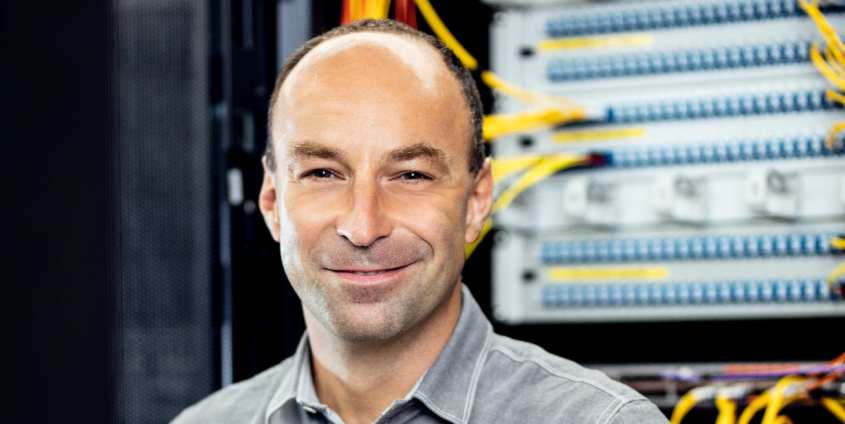Working towards the full exploitation of 5G potential: Research team creates “Carinthian Fog”
The 5G Playground Carinthia provides researchers with an open laboratory to explore the possibilities of this new mobile technology. There is a hitch: Although 5G facilitates the rapid transmission of large amounts of data, this data also needs to be processed. Outsourcing this computing power to a cloud data centre results in time lags. Using what is known as “Carinthian Fog”, a research team funded by the Austrian Research Promotion Agency (FFG) seeks to develop an alternative that can move data processing closer in terms of distance.
“No data centre exists in Carinthia, neither in the 5G Playground nor elsewhere, which could provide network communication with sufficiently low latency and high throughput performance suitable for the development of the new industrial 5G applications”, lead investigator Radu Prodan (Department of Information Technology) explains. Time-consuming manual work is currently required to research the four use cases currently being studied within the 5G Playground (smart city applications, virtual reality, robotics, swarms).
Nowadays, the new concept of fog computing hopes to solve the challenges at hand. This form of data processing shifts computing power to the edge of the network so that data no longer has to travel long distances to central servers. Instead, so-called micro-data centres set up in the vicinity of the IoT devices will complete the computing work much more quickly. Developing a fog solution for a federal state can benefit from experiences already gathered with the “Tyrolean Cloud”.
Most recently, the research team around Radu Prodan has been working on the so-called Carinthian Computing Continuum, funded by BABEG. In the current project, he wants to work with the IT company siplan from Schwaz in Tyrol to advance further this infrastructure, which primarily focuses on the heterogeneous use of cloud, fog and 5G edge devices. “ We distribute the computational load across multiple shoulders in the system located closer to the action. To ensure that the Carinthian Computing Continuum can perform its best possible work, we need to coordinate, monitor and analyse how the system works”, Radu Prodan explains. The use cases currently in development in the 5G Playground will help determine and illustrate the system’s capabilities. By 2025, the aim is to create a competitive advantage for the participating technology companies, as: “5G-compatible applications are on the rise, and so are the challenges we face”, as Prodan states.
The project partners are the University of Klagenfurt and the Carinthian University of Applied Sciences and siplan GmbH. The Austrian Research Promotion Agency (FFG) funds the project.










 Foto: Daniel Waschnig
Foto: Daniel Waschnig
